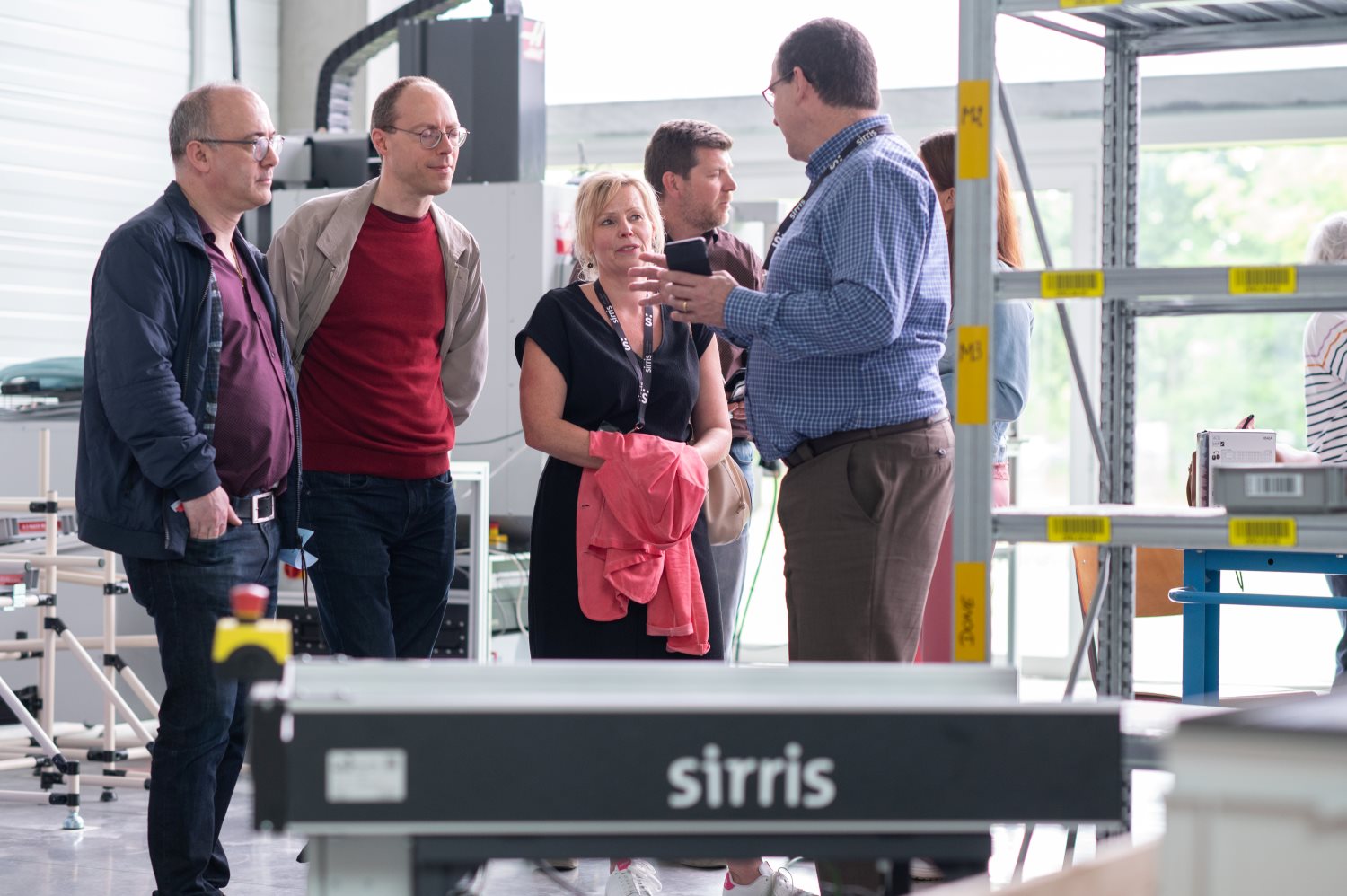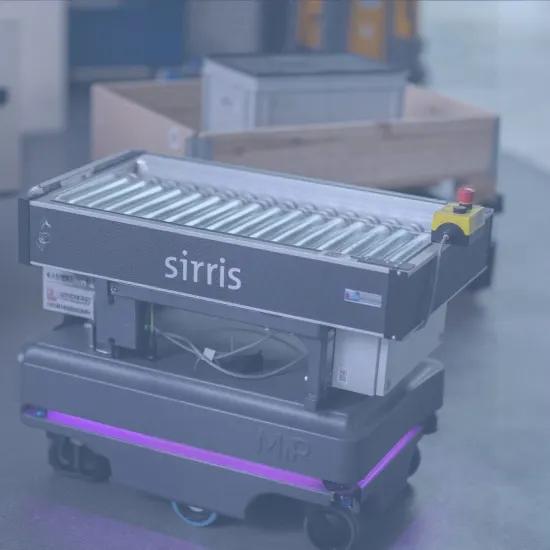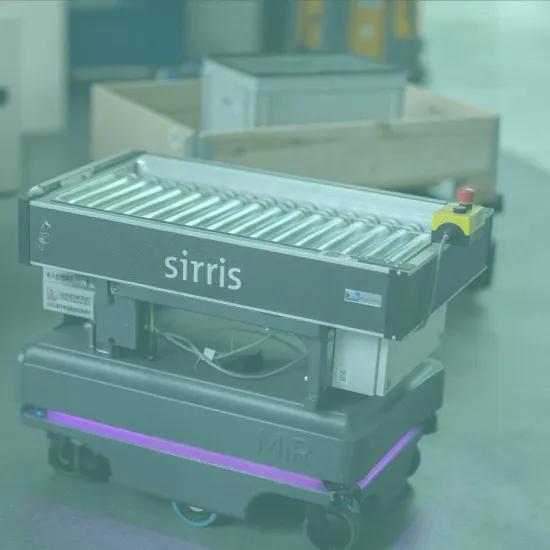Introducing AMR/AGV in a production environment - Part 1
Logistics operations add little value, but they are necessary to keep production on track. After all, materials, components and tools need to be in the right place at the right time.
In this four-part blog series, we want to share our experiences concerning the role and implementation of autonomous vehicles. In this first part, we consider the production strategy.
Part 1: Production strategies: push versus pull
In a push production strategy, an estimated production capacity and associated planning are deployed for incoming orders. In unforeseen circumstances such as machinery failure, the production capacity is simply not there. However, the orders are already on the production floor, resulting in intermediate stock.
Push production strategy:
- In the push strategy, production is driven by demand forecasts and predictions.
- Production decisions are based on expected demand and are often made before actual orders are received.
- The aim of the push strategy is to build up stock in anticipation of future demand.
- There is an increased risk of overproduction and excess stock.
- The focus is on using resources efficiently and maximising production capacity.
In contrast, in a pull strategy the production machinery takes on a leading role. When an order is completed, capacity is freed up and a new order can be launched. This means that only orders that are actually being carried out are on the production floor. Moreover, a pull production strategy makes it easy to launch rush orders, without compromising the lead time of other orders.
Pull production strategy:
- In the pull strategy, production is driven by actual customer demand.
- Production takes place in response to specific customer orders or market signals.
- The aim is to make products on the basis of current demand, enabling stock to be kept to a minimum.
- This strategy requires a flexible, joined up production environment that responds quickly to changes in demand.
- Customer focus is key to the pull strategy, which prioritises delivering products when the customer needs them.
- Efficiency is achieved through just-in-time (JIT) production and highly effective stock management.
Urgent orders or urgent transport
Processing urgent orders is a recurring challenge in a production environment. When production orders are grouped and launched on the basis of a forecast, an operator often chooses which order comes first. Urgent orders are not necessarily prioritised, especially if they are not sufficiently identifiable. It is also common for an urgent order to be prioritised for processing at the first workstation, but to then end up in the next workstation’s backlog. As a result, an urgent order often entails numerous manual interventions and stress on the work floor.
The ‘4.0 made real’ demonstrator uses the push production strategy. In practice, this means that the workstations determine the pace and planning of production. Once a workstation has completed an order it becomes available again and a subsequent production order is assigned. The freedom to choose between different open production orders is no longer an advantage with this production strategy, as the next order that requires the released capacity is launched. An urgent order can then be put first in the queue and be prioritised for processing without the need for any manual intervention.
The same applies to controlling or summoning AMRs. The order for urgent transport is placed at the front of the queue. As soon as a suitable AMR indicates that it is ready for the next transport task, the urgent transport is carried out. The distinction between a normal order and an urgent order disappears with such a production setup, meaning stress on the work floor is avoided.
This article is part of a four-part series on introducing AMR/AGV within a manufacturing environment. Would you like to read more? Discover our other articles in this series:
Part two | Setting up a digital production environment >
Part three | The fleet manager within the demonstrator >
Part four | Everything you need to know before starting an AGVsim project >





